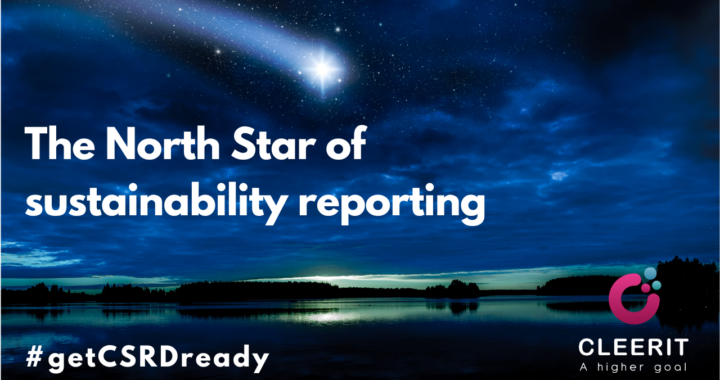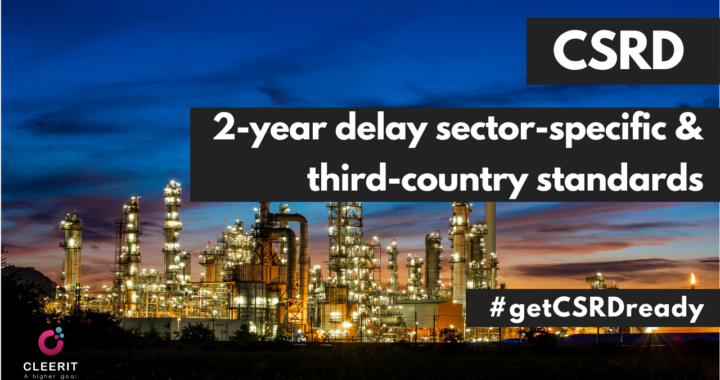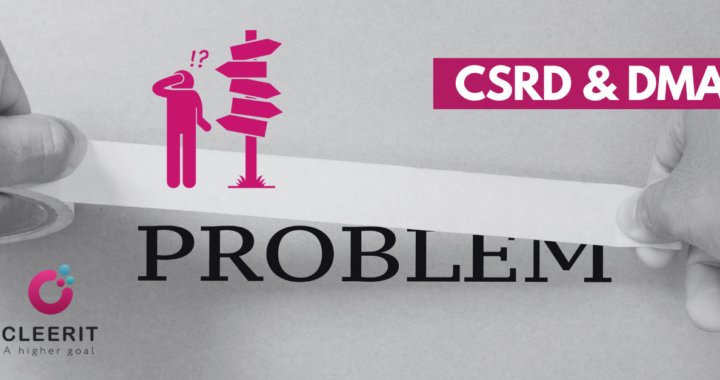A corrigendum to the ESRS was published in the Official Journal of the European Union on Friday April 19.
The corrections do not call into question the requirements spelled out in the ESRS, mandatory under CSRD, but mainly rectify mistakes in paragraph numbers, misspellings and unclear wordings.
In some cases, the wording matters more. For example:
➡ The corrected wording in ESRS 1 Annex I now specifies anticipated, as opposed to potential, financial effects.
➡ The wording in ESRS S1 is now consistently own ‘workforce’ and not own ‘workers’.
➡ In ESRS 2, the DR IRO-1 covers the process to identify and assess material impacts, risks and opportunities – and not the ‘processes’.
➡ On page 96, in Annex I, ESRS E1 ‘Climate change’, Appendix A ‘Application requirements’, paragraph AR 34, table, first column, last row, the total energy consumption (MWh) is calculated as the sum of lines 6, 7 and 11 (and not 6 and 11).
➡ On page 178, in Annex I, ESRS S1 ‘Own workforce’, paragraph 100, it is now specified that the company shall disclose ‘any related fines’ and not only ‘material’ fines.
➡ On page 217, in Annex I, ESRS S3 ‘Affected communities’, table of contents, DR S3-4, the correction specifies that it is about ‘managing’ material risks as opposed to ‘mitigating’ material risks.
⭕ You can download the corrections in English, French and Swedish here:
Corrigendum to the ESRS (en) >>
Rectificatif aux ESRS 19-04-2024 (fr) >>
Rättelse till ESRS 2024-04-19 (sv) >>
⭕ You are welcome to contact us if you need a solution and support to implement CSRD and ESRS reporting in your organization.









